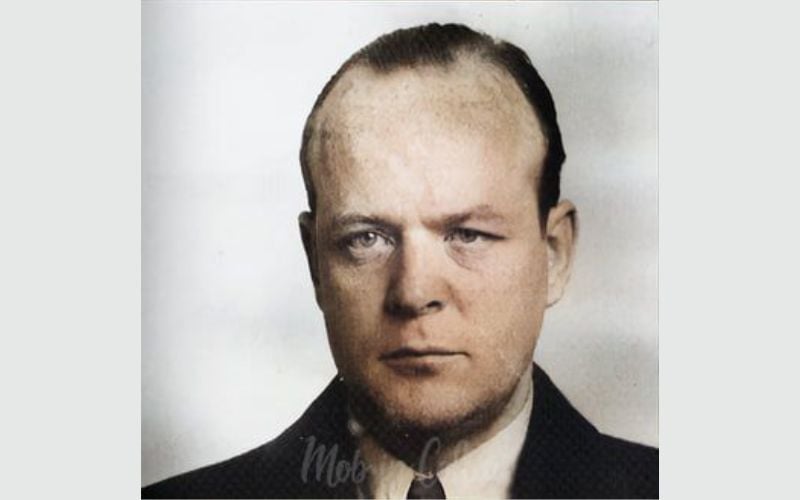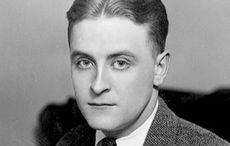| Dealing with low testosterone |
Maybe your problem is low “T,” says the commercial.
Then again, maybe it’s not.
Hormone levels change naturally with age. Yet, concerns about testosterone are on the minds of many American men, due largely to drug company ads which depict maturing men in an energy freefall.
While testosterone levels can widely differ among individuals, older men generally will have lower levels of the hormone than younger men. Testosterone levels tend to decline after age 30 at the rate of about 1 percent each year. By age 70, testosterone can be as much as 50 percent less than it was at its peak period.
Signs of low testosterone include a decline in sex drive, erectile dysfunction, loss of muscle mass, less physical energy, change in sleep patterns, male breast development, mood changes (often mild to moderate depression), and osteoporosis.
Some of these symptoms are associated with other problems including intense stress, medication side-effects, thyroid disease, depression, sedentary living and excessive alcohol use. Blood tests are the only way to determine if low testosterone or a reduction in the bioavailability of testosterone is the underlying cause of the symptoms. Hormone levels between 300 ng/dL and 1000 ng/dL are considered normal.
There is evidence that lifestyle plays an important role in mitigating the effects of aging including hormone levels. Regular exercise, including muscle building exercises is paramount. Eating a healthy diet which includes a wide variety of fresh fruits and vegetables is also important, along with sufficient fresh water hydration.
Medications such as AndroGel can be prescribed for patients with low testosterone. While effective, testosterone treatments can have side-effects. Possible side-effects include enlargement of the prostate gland (causing frequent urination), a possible increased risk of prostate cancer, swelling of the ankles, feet, or body, with or without heart failure (which may cause serious problems for people who have heart, kidney, or liver disease), enlarged or painful breasts, and problems breathing while sleeping (sleep apnea).
Other possible side effects of testosterone replacement therapy include acne, excessive sweating, dizziness, hair loss or changes in hair quality, sensitive testicles and sexual difficulties. Additionally, there are significant risks if females or children are exposed to these drugs.
One developing approach to naturally raising testosterone levels is through purposeful sexual arousal. Having sex appears to be the best stimuli according to some studies, but other forms of self arousal such as sex shows and pornography have also been shown to stimulate the body’s natural production of testosterone. Contrary to expectations, one scientific report said men's age had no effect on the testosterone increase when self arousal methods were used.
Researchers in Germany reported that the simple act of obtaining an erection is enough to boost testosterone levels. They found that testosterone increased regardless whether a man was watching sex on a screen or having it in real life. The scientists said that simply gaining an erection was enough to increase levels of the hormone.




Comments